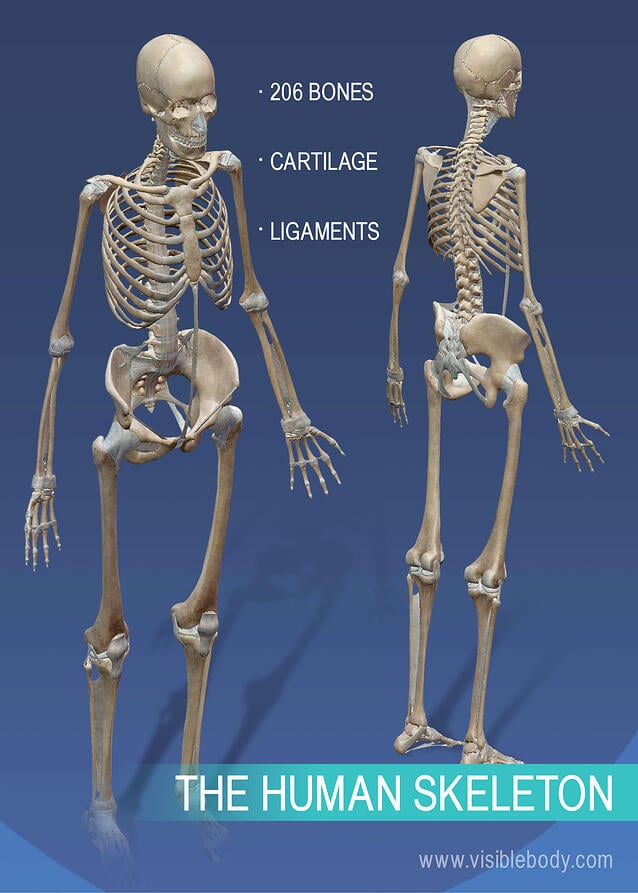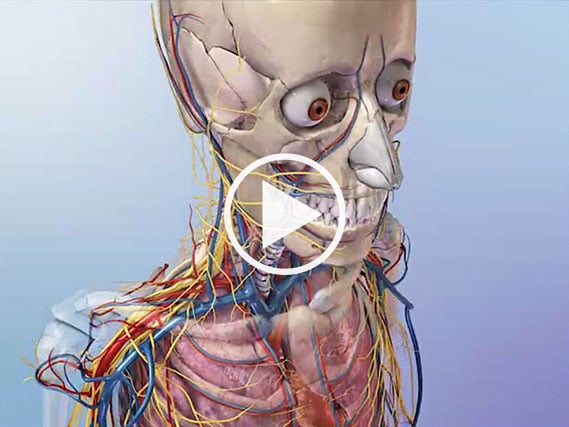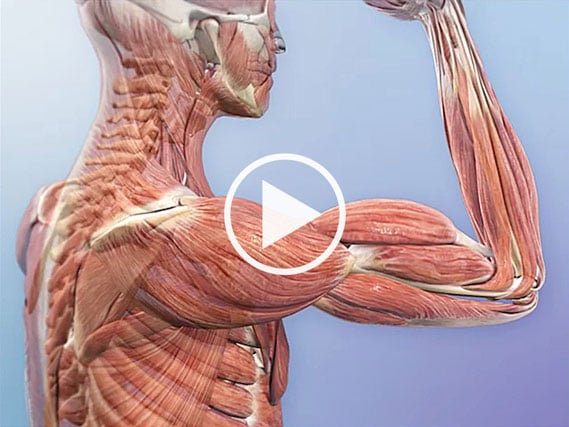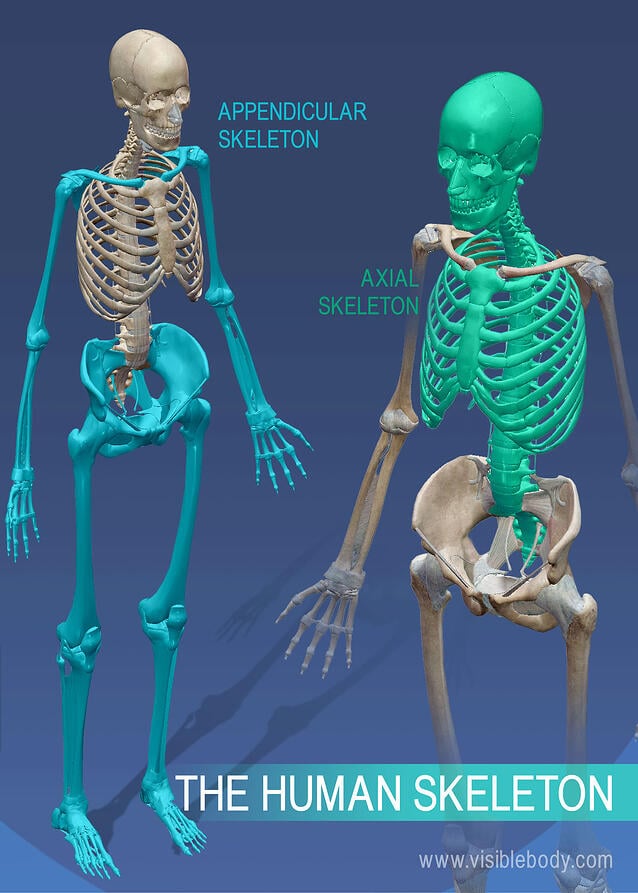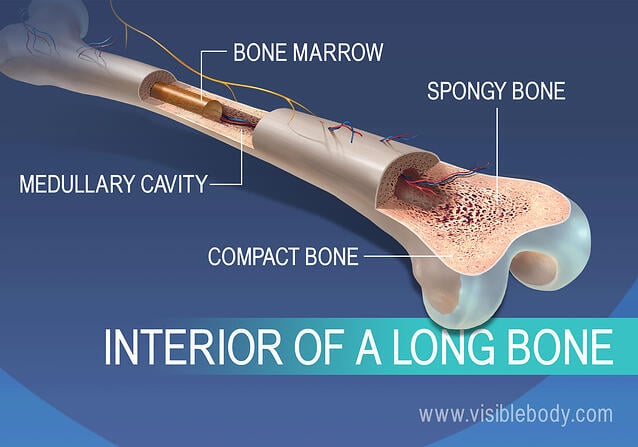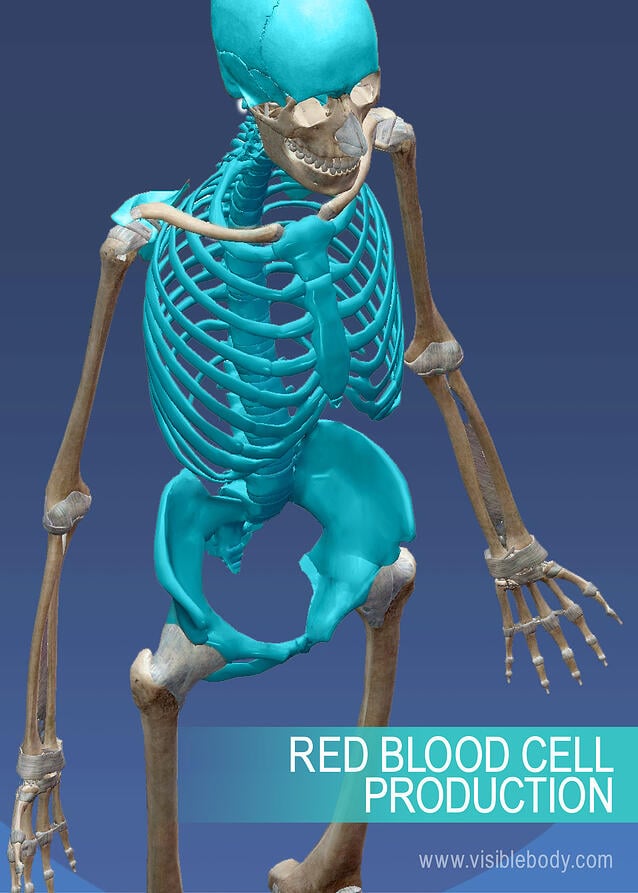Human Organs
An organ is a collection of tissues joined in a structural unit to serve a common function. Organs exist in most multicellular organisms, including humans, other animals, and plants. In single-celled organisms (such as bacteria), the functional equivalent of an organ is an organelle.
Tissues in Organs
Although organs consist of multiple tissue types, many organs are composed of a main tissue that is associated with the organ’s major function, along with other tissues that play supporting roles. The main tissue may be unique to that specific organ. For example, the main tissue of the heart is cardiac muscle, which performs the heart’s major function of pumping blood and is found only in the heart. The heart also includes nervous and connective tissues that are required for it to perform its major function. For example, nervous tissues control the beating of the heart, and connective tissues make up heart valves that keep blood flowing in just one direction through the heart.
Vital Organs
The human body contains five organs that are considered vital for survival: the heart, brain, kidneys, liver, and lungs. The locations of these five organs — and several other internal organs — are shown in the figure below. If any of the five vital organs stops functioning and medical intervention is not readily available, the organism's death will be imminent.
- The heart is located in the center of the chest, and its function is to keep blood flowing through the body. Blood carries substances to the cells they need. It also carries wastes away from cells.
- The brain is located in the head and functions as the body’s control center. It is the seat of all thoughts, memories, perceptions, and feelings.
- The two kidneys are located in the back of the abdomen on either side of the body. Their function is to filter blood and form urine, which is excreted from the body.
- The liver is located on the right side of the abdomen. Its functions include filtering blood, secreting bile that is needed for digestion, and producing proteins necessary for blood clotting.
- The two lungs are located on either side of the upper chest. Their main function is exchanging oxygen and carbon dioxide with the blood.

Use this shadow diagram of human anatomy to locate the five organs described above: heart, brain, kidneys, liver, and lungs. Do you know the functions of any of the other organs in the diagram?
Human Organ Systems
Functionally related organs often cooperate to form whole organ systems. The 12 diagrams in the figures below show 11 human organ systems, including separate diagrams for the male and female reproductive systems. Some of the organs and functions of the organ systems are identified in the figure. Each system is also described in more detail in the text that follows. Most of these human organ systems are also the subject of separate chapters in this book.

These diagrams represent 11 human organ systems and show some of their organs and functions. The male and female reproductive systems are shown separately because of their significant differences.
Integumentary System
Organs of the integumentary system include the skin, hair, and nails. The skin is the largest organ in the body. It encloses and protects the body and is the site of many sensory receptors. The skin is the body’s first defense against pathogens, and it also helps regulate body temperature and eliminate wastes in sweat.
The skeletal system consists of bones, joints, teeth. The bones of the skeletal system are connected by tendons, ligaments, and cartilage. Functions of the skeletal system include supporting the body and giving it shape. Along with the muscular system, the skeletal system enables the body to move. The bones of the skeletal system also protect internal organs, store calcium, and produce red and white blood cells.
Muscular System
The muscular system consists of three different types of muscles, including skeletal muscles, which are attached to bones by tendons and allow for voluntary movements of the body. Smooth muscle tissues control the involuntary movements of internal organs, such as the organs of the digestive system, allowing food to move through the system. Smooth muscles in blood vessels allow vasoconstriction and vasodilation, thereby helping to regulate body temperature. Cardiac muscle tissues control the involuntary beating of the heart, allowing it to pump blood through the blood vessels of the cardiovascular system.
The nervous system includes the brain and spinal cord — which make up the central nervous system — and nerves that run throughout the rest of the body, making up the peripheral nervous system. The nervous system controls both voluntary and involuntary responses of the human organism, and also detects and processes sensory information.
The endocrine system is made up of glands that secrete hormones into the blood, which then carries hormones throughout the body. Endocrine hormones are chemical messengers that control many body functions, including metabolism, growth, and sexual development. The master gland of the endocrine system is the pituitary gland, which produces hormones that control other endocrine glands. Some of the other endocrine glands include the pancreas, thyroid gland, and adrenal glands.
The cardiovascular system (also called circulatory system) includes the heart, blood, and three types of blood vessels: arteries, veins, and capillaries. The heart pumps blood, which travels through the blood vessels. The main function of the cardiovascular system is transport. Oxygen from the lungs and nutrients from the digestive system are transported to cells throughout the body. Carbon dioxide and other waste materials are picked up from the cells and transported to organs (such as the lungs and kidneys) for elimination from the body. The cardiovascular system also equalizes body temperature and transports endocrine hormones to cells in the body where they are needed.
The lymphatic system is sometimes considered part of the immune system. It consists of a network of lymph vessels and ducts that collect excess fluid (called lymph) from extracellular spaces in tissues and transport the fluid to the bloodstream. The lymphatic system also includes many small collections of tissue, (called lymph nodes) and an organ called the spleen, both of which remove pathogens and cellular debris from the lymph or blood. In addition, the thymus gland in the lymphatic system produces some types of white blood cells (lymphocytes) that fight infections.
Organs and other structures of the respiratory system include the nasal passages, lungs, and a long tube called the trachea, which carries air between the nasal passages and lungs. The main function of the respiratory system is to deliver oxygen to the blood and remove carbon dioxide from the body. Gases are exchanged between the lungs and blood across the walls of capillaries lining tiny air sacs (alveoli) in the lungs.
The digestive system consists of several main organs — including the mouth, esophagus, stomach, and small and large intestines — that form a long tube called the gastrointestinal (GI) tract. Food moves through this tract, where it is digested. Its nutrients are then absorbed, and its waste products are excreted. The digestive system also includes accessory organs (such as the pancreas and liver) that produce enzymes and other substances needed for digestion, but through which food does not actually pass.
The urinary system is part of the excretory system, which removes wastes from the body. The urinary system includes the pair of kidneys, which filter excess water and a waste product (called urea) from the blood and form urine. Two tubes called ureters carry the urine from the kidneys to the urinary bladder, which stores the urine until it is excreted from the body through another tube called the urethra. The kidneys also produce an enzyme called renin and a variety of hormones. These substances help regulate blood pressure, the production of red blood cells, and the balance of calcium and phosphorus in the body.
Male and Female Reproductive Systems
The reproductive system is the only body system that differs substantially between males and females. Both male and female reproductive systems produce sex-specific sex hormones (testosterone in males, estrogen in females) and gametes (sperm in males, eggs in females). However, the organs involved in these processes are different. The male reproductive system includes the epididymis, testes, and penis. The female reproductive system includes the uterus, ovaries, and mammary glands. The male and female systems also have different additional roles. For example, the male system has the role of delivering gametes to the female reproductive tract, whereas the female system has the roles of supporting an embryo and fetus until birth and also producing milk for the infant after birth.
Summary
- An organ is a collection of tissues joined in a structural unit to serve a common function. Many organs are composed of a major tissue that performs the organ’s main function, as well as other tissues that play supporting roles.
- The human body contains five organs that are considered vital for survival. They are the heart, brain, kidneys, liver, and lungs. If any of these five organs stops functioning, death of the organism is imminent without medical intervention.
- Functionally related organs often cooperate to form whole organ systems. There are 11 major organ systems in the human organism. They are the integumentary, skeletal, muscular, nervous, endocrine, cardiovascular, lymphatic, respiratory, digestive, urinary, and reproductive systems. Only the reproductive system varies significantly between males and females.
Review
1. What is the primary tissue in the heart, and what is its role?
2. What non-muscle tissues are found in the heart? What are their functions?
3. Identify two vital organs in the human body. Identify their locations and functions.
4. List three human organ systems. For each organ system, identify some of its organs and functions.
5. Compare and contrast the male and female reproductive systems.
6. For each of the following pairs of organ systems, describe one way in which they work together and/or overlap:
a. skeletal system and muscular system
b. muscular system and digestive system
c. endocrine system and reproductive system
d. cardiovascular system and urinary system
7. What is the largest organ of the human body?
8. What are three organ systems involved in regulating human body temperature?
9. Teeth are part of the _____________ system.
a. integumentary
b. skeletal
c. nervous
c. A and B
10. Which organ system includes hair?
11. True or False: Organs only exist in animals.
12. True or False: The respiratory system helps remove wastes from the body.

 To Balance the Large Intestine Meridian:
To Balance the Large Intestine Meridian: